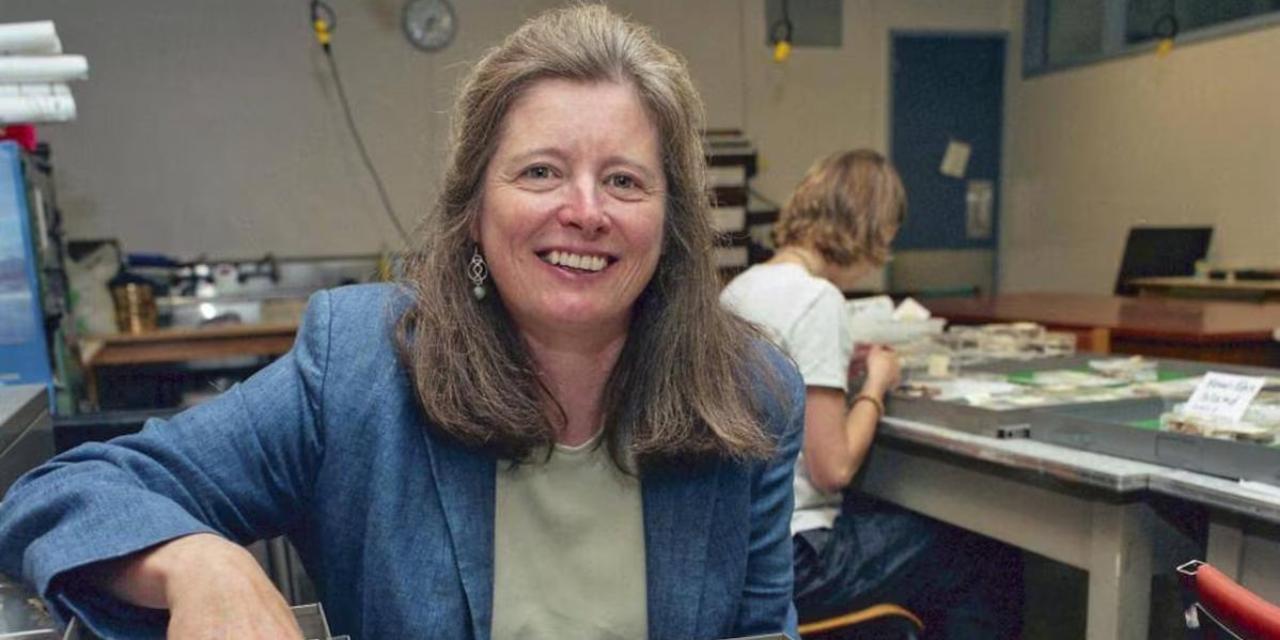Uncovering the past
You’ve heard of trailblazers — the first people to do something or go somewhere — who show others what’s possible. Trailblazers think big, and great achievements follow in their wake.
But have you ever heard of “trowelblazers”?
It’s a term coined by the Newfoundland and Labrador Archaeological Society to celebrate the contributions women archaeologists have made to the province.
Dr. Priscilla Renouf was their first profile, and it’s hardly surprising.
Her name is associated with nearly 250 sites in the province — more than 150 on the island alone. That means she’s linked to almost 10 per cent of the roughly 1,800 known and recorded archaeological sites on the island. In sheer numbers, no other archaeologist at the university was as prolific.
And while quantity might have made her a contender for the number-one spot, it was the quality of her work that ensured it.
Dr. Renouf was a pioneer in Arctic and North Atlantic archaeology. She studied hunter-gatherer groups that formed small-scale, fluid, family-based societies. She was particularly interested in people’s relationship to their physical surroundings. Her research took an interdisciplinary approach — combining archaeology, paleoecology and climatology — to study how cultures responded to long-term environmental change.
She conducted research in Labrador, Arctic Norway and Greenland, but it was her work in Port au Choix for which she’s best remembered.
She led a 30-year research program there, focused on the unusually large Dorset site of Phillip’s Garden. Her investigations revealed both short- and long-term variability in architecture, household structure and settlement organization over the site’s 6,000-year history.

Priscilla Renouf was a Fellow of the Royal Society of Canada and a recipient of the President's Award for Outstanding Research 1992-1993. Photo from Memorial University Archives.
During her long collaboration with Dr. Trevor Bell in Memorial’s Department of Geography, she used his expertise in post-glacial sea-level rise to predict where early inhabitants on the island would have camped — a first-of-its-kind collaborative approach for Newfoundland.
Importantly, she believed archaeology should be rooted in the communities whose history it studies. She worked closely with local residents of Port au Choix and the surrounding region, often employing and training them in fieldwork — or simply asking what they’d found when digging their potato gardens. Her relationship with the community was so strong that during her 25th year at the site, they celebrated with cake and presents.
As a teacher and supervisor, Dr. Renouf mentored dozens of undergraduate and graduate students, many of whom now work in archaeology, heritage management and academia across Canada.
Her students recall her sharp wit and slightly twisted sense of humour. One received a corrected paper with hair she had pulled from her head and taped to the page. Another remembered edits decorated with hand-drawn illustrations of trash cans filled with jargon.
Witty and funny, Dr. Renouf was also known for her clever caricatures, handmade cards and practical jokes, including the time she disguised herself as a nun stranded by a car breakdown. The illusion held until she pretended to call the garage and expressed herself in language unbefitting of a nun.
Ultimately, her work influenced how archaeologists across the circumpolar North approach questions of climate resilience and cultural adaptation, earning her a central place in international archaeological research.
She established Memorial University as a national hub for northern and maritime archaeology and fundamentally shaped how we understand the early peoples of Newfoundland’s Great Northern Peninsula and their connections to the broader North Atlantic world.
As the first great woman trowelblazer at Memorial, Dr. Renouf opened space for other women in the field. She showed students and younger colleagues that Arctic archaeologists didn’t have to be burly men with beards — they could be funny, stylish and enjoy a good French wine.
